Endocrinology & Hormones
Endocrine system is an in vivo message delivery system composed of endocrine glands and endocrine cells scattered in some tissues and organs of the body. Hormone is a kind of high-efficiency biological active substances secreted from endocrine glands or scattered endocrine cells. It can act as a kind of messenger.
Endocrine glands mainly include pituitary, hypothalamus, thyroid, parathyroid, pancreas, testes, ovaries and adrenal glands. Hormones secreted from them mainly regulate physiological functions, blood pressure, loss of appetite, development and breeding and some other physiological effects. Hormones can be roughly divided into two categories - peptide / amino acid-derived hormones and steroids with most of them being derived from cholesterol. Peptide hormone can generally bind to the cell surface receptor, triggering the initiation of signal transduction cascade reaction while steroid hormones are membrane permeable hormone, acting on the intracellular receptors associated with transcriptional regulation. Major diseases caused by the endocrine glands dysfunction include diabetes (pancreas), Graves' disease (thyroid), Hashimoto's thyroiditis (thyroid), and Addison's disease (adrenal gland).
There are mainly two types of hormones, steroids and peptide hormones. Steroid hormone mainly includes the female reproductive hormones (estrogen and progesterone) which are secreted by the ovaries, male reproductive hormones (androgens) and adrenal metabolic hormones (glucocorticoids and aldosterone) secreted by the testes. The adrenal glands of both male and female can also secrete trace amount of important androgens, it can be converted to the estrogen through the metabolism of aromatase enzyme.
Most kinds of hormones are loaded and transported by blood to distant target tissue or target cells to exert their functions; this way is called as remote secretion (telecrine); certain hormones may be transported without the blood, instead acting only in neighboring cells through diffusion in the tissue liquid, this action of mode is called as paracrine; if the hormones secreted by endocrine cells, after the local diffusion process, returns back to exert their effects on the original endocrine cells to play a feedback effect; this way is called as autocrine (au-bdm); in addition, many of the neurons in the hypothalamus can synthesize and secret hormones and these hormones are called as neurohormones. Neurohormones can flow through axoplasm along the axons to peripheral to be released; this way is called as neurocrine.
Hormones participate in many function including control and integration such as the balance of cycle, water and electrolytes, food digestion and absorption, the metabolism of organic matter and energy balance, reproduction, and response to stress. The main hormone inside the body and its role; this chapter mainly introduces hormone action related to matter and energy metabolism which significant affects the working capability of muscles as well as the motive hormone reaction and adaption process.
Starting from amino acids, we can derive amines and peptide hormones. Amine hormone is derived from tyrosine and is secreted by the thyroid and adrenal glands. Peptide hormone composed of amino acids connected through peptide bond and is secreted by the hypothalamus and pituitary gland as well as the parathyroid glands and digestive organs. Peptide hormones can bind to the membrane specific receptor and can alter the cellular activity through regulating the cellular signal transduction pathways. Peptide hormones include insulin, insulin-like growth factor -1 (IGF-1) and prolactin. Insulin is a protein hormone secreted by the pancreas and can participate into the regulation of carbohydrate and lipid metabolism, controlling the blood sugar balance and promoting the liver and skeletal muscle to convert the blood glucose into glycogen. Insulin-like growth factor -1 (IGF-1) is a hormone that is very similar in structure to insulin and can regulate the growth hormone (GH) which affects the body's cell growth and development. Prolactin is a peptide hormone secreted by the pituitary gland.
Other important proteins receptors also include estrogen-related receptor -γ (ERRγ) - one kind of the protein receptor sharing similarities with estrogen receptor. However, it does not form complexes with estradiol. Aromatic hydrocarbons (ARH) receptor, although it remains unclear whether there exist any natural ligands that can bind to it, but there is evidence that the aromatic hydrocarbon receptor system plays an important role in the regulation of cell stress response.
- Structure:
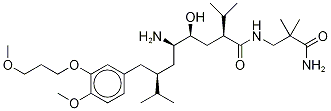
- Chemical Name:Aliskiren hemifumarate
- CAS:173334-58-2
- MF:C30H53N3O6
- Structure:
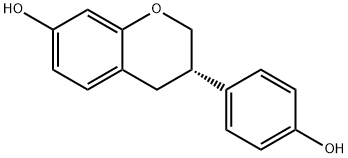
- Chemical Name:(S)-Equol
- CAS:531-95-3
- MF:C15H14O3
- Structure:
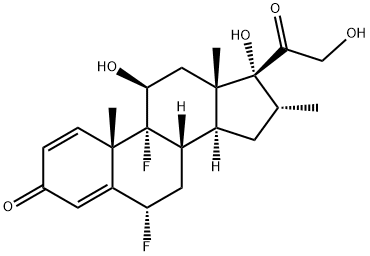
- Chemical Name:Flumethasone
- CAS:2135-17-3
- MF:C22H28F2O5
- Structure:
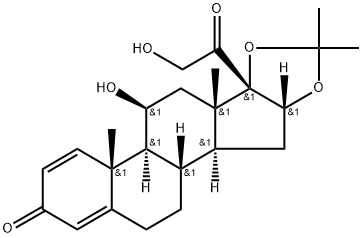
- Chemical Name:Desonide
- CAS:638-94-8
- MF:C24H32O6
- Structure:
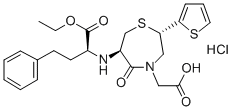
- Chemical Name:Temocapril hydrochloride
- CAS:110221-44-8
- MF:C23H28N2O5S2.ClH
- Structure:
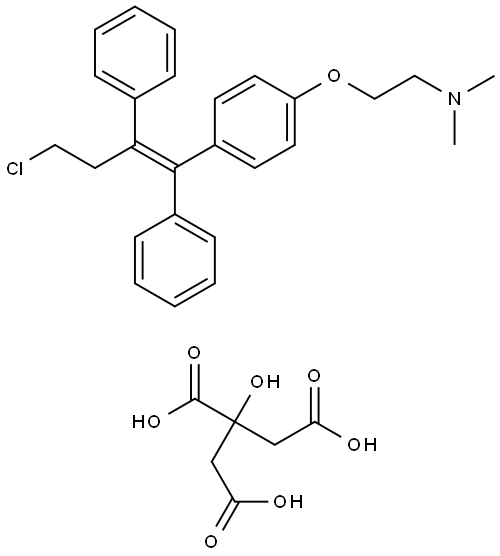
- Chemical Name:Toremifene citrate
- CAS:89778-27-8
- MF:C26H28ClNO.C6H8O7
- Structure:
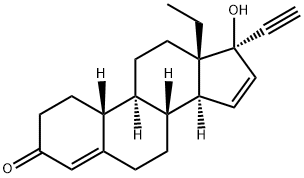
- Chemical Name:Gestodene
- CAS:60282-87-3
- MF:C21H26O2
- Structure:
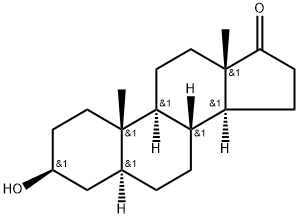
- Chemical Name:Epiandrosterone
- CAS:481-29-8
- MF:C19H30O2
- Structure:
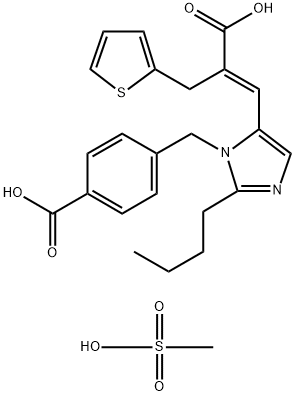
- Chemical Name:Eprosartan mesylate
- CAS:144143-96-4
- MF:C24H28N2O7S2
- Structure:
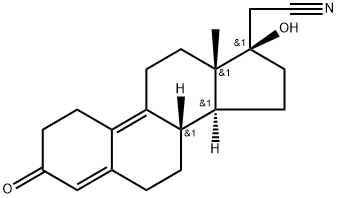
- Chemical Name:Dienogestrel
- CAS:65928-58-7
- MF:C20H25NO2
- Structure:
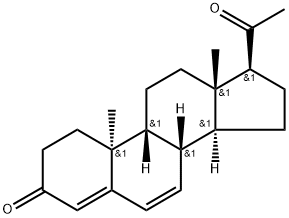
- Chemical Name:Dydrogesterone
- CAS:152-62-5
- MF:C21H28O2
- Structure:
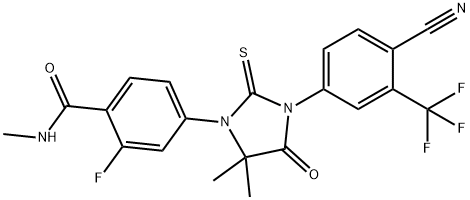
- Chemical Name:Enzalutamide
- CAS:915087-33-1
- MF:C21H16F4N4O2S
- Structure:
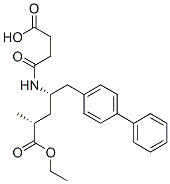
- Chemical Name:AHU-377
- CAS:149709-62-6
- MF:C24H29NO5
- Structure:
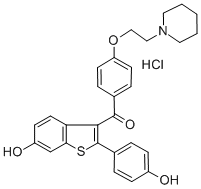
- Chemical Name:Raloxifene hydrochloride
- CAS:82640-04-8
- MF:C28H28ClNO4S
- Structure:
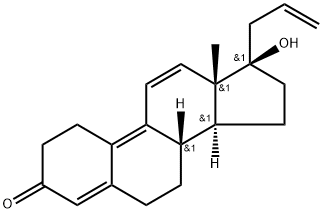
- Chemical Name:Altrenogest
- CAS:850-52-2
- MF:C21H26O2
- Structure:
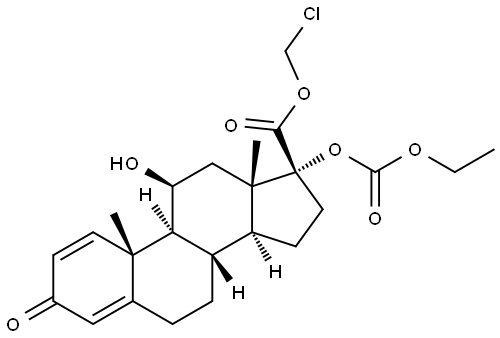
- Chemical Name:Loteprednol etabonate
- CAS:82034-46-6
- MF:C24H31ClO7
- Structure:
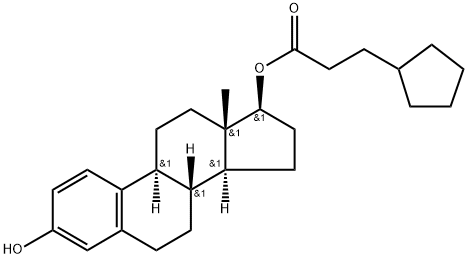
- Chemical Name:Estradiol Cypionate
- CAS:313-06-4
- MF:C26H36O3
- Structure:
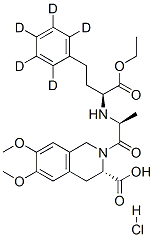
- Chemical Name:MOEXIPRIL HYDROCHLORIDE
- CAS:82586-52-5
- MF:C27H35ClN2O7
- Structure:

- Chemical Name:2-(4-(4-chloro-1,2-diphenyl-but-1-enyl)phenoxy)ethanol
- CAS:128607-22-7
- MF:C24H23ClO2
- Structure:
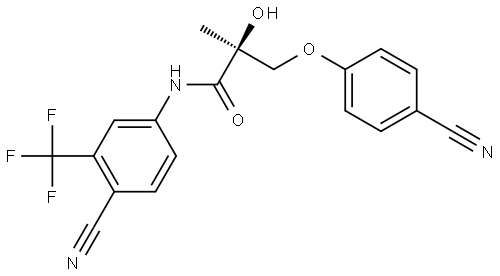
- Chemical Name:Ostarine
- CAS:841205-47-8
- MF:C19H14F3N3O3
- Structure:
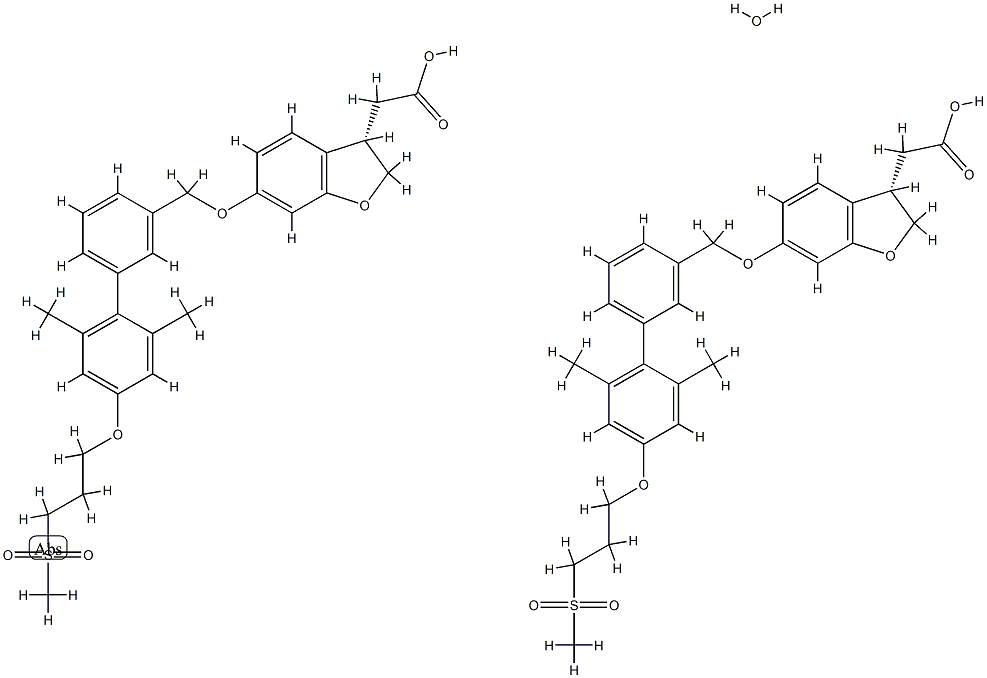
- Chemical Name:TAK875
- CAS:1374598-80-7
- MF:C58H66O15S2
- Structure:
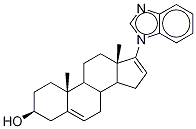
- Chemical Name:Galeterone
- CAS:851983-85-2
- MF:C26H32N2O
- Structure:
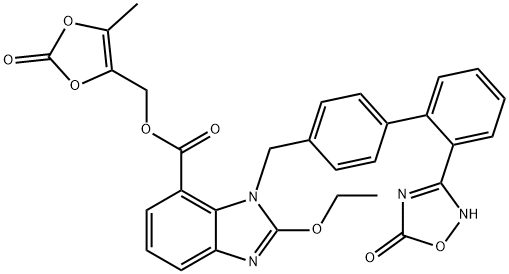
- Chemical Name:Azilsartan Medoxomil
- CAS:863031-21-4
- MF:C30H24N4O8
- Structure:
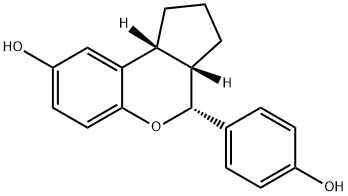
- Chemical Name:Erteberel (LY500307)
- CAS:533884-09-2
- MF:C18H18O3
- Structure:

- Chemical Name:AZD3514
- CAS:1240299-33-5
- MF:C25H32F3N7O2
- Structure:
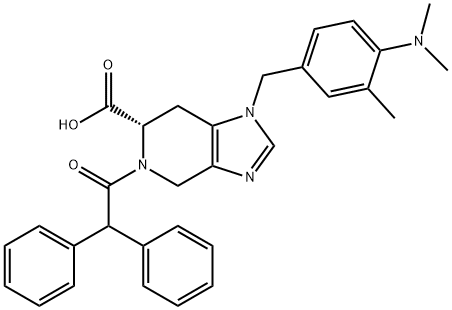
- Chemical Name:PD 123319 ditrifluoroacetate
- CAS:130663-39-7
- MF:C31H32N4O3
- Structure:
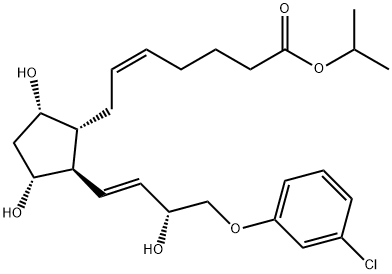
- Chemical Name:(+)-Cloprostenol isopropyl ester
- CAS:157283-66-4
- MF:C25H35ClO6
- Structure:
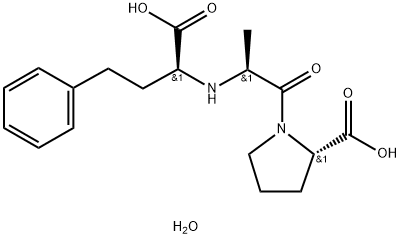
- Chemical Name:ENALAPRILAT DIHYDRATE
- CAS:84680-54-6
- MF:C18H26N2O6
- Structure:
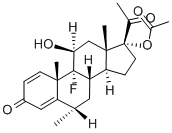
- Chemical Name:Eflone
- CAS:3801-06-7
- MF:C24H31FO5
- Structure:
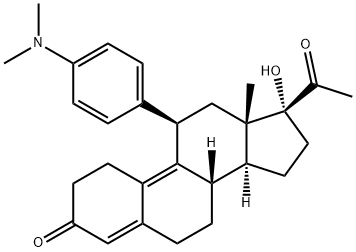
- Chemical Name:Ulipristal
- CAS:159811-51-5
- MF:C28H35NO3
- Chemical Name:HGH Fragment 176-191
- CAS:
- MF:
- Structure:
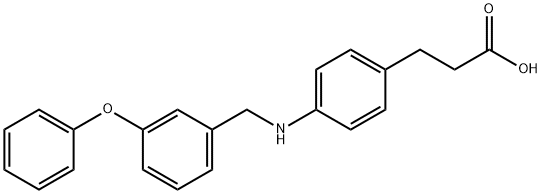
- Chemical Name:GW9508
- CAS:885101-89-3
- MF:C22H21NO3
- Structure:
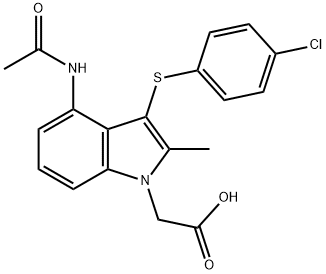
- Chemical Name:7-Methyl-5-[(3-piperazin-1-ylMethyl)-1,2,4-oxadiazol-5-yl-]-2-[4-(trifluoroMethoxy)benzyl]-2,3-dihydro-1H-isoindol-1-one Methanesulphonate
- CAS:802904-66-1
- MF:C19H17ClN2O3S
- Structure:
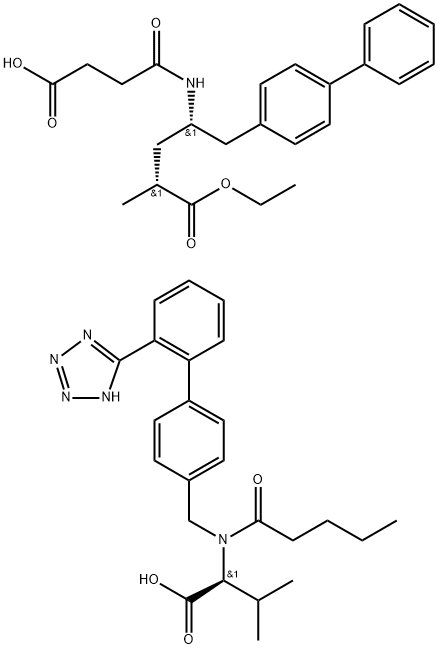
- Chemical Name:LCZ696
- CAS:936623-90-4
- MF:C48H58N6O8
- Structure:

- Chemical Name:Andarine
- CAS:401900-40-1
- MF:C19H18F3N3O6
- Structure:
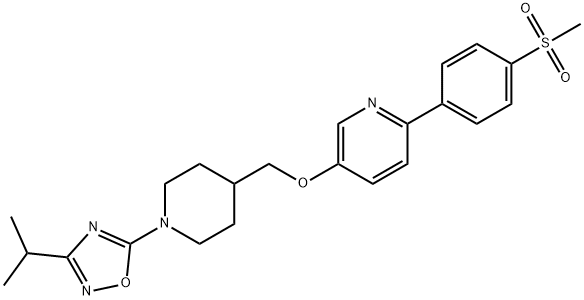
- Chemical Name:GSK1292263
- CAS:1032823-75-8
- MF:C23H28N4O4S
- Structure:
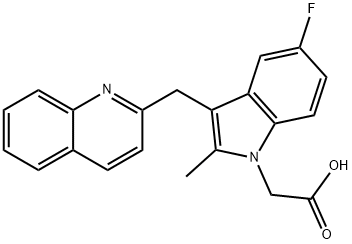
- Chemical Name:OC000459
- CAS:851723-84-7
- MF:C21H17FN2O2
- Structure:
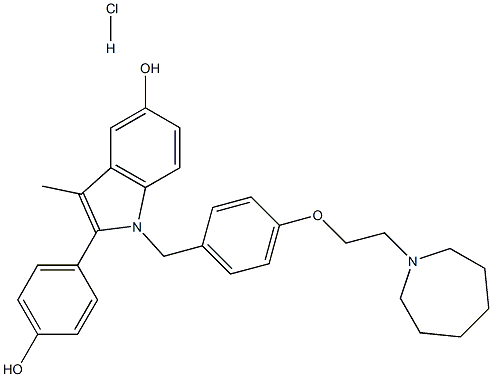
- Chemical Name:1H-Indol-5-ol, 1-[[4-[2-(hexahydro-1H-azepin-1-yl)ethoxy]phenyl]methyl]-2-(4-hydroxyphenyl)-3-methyl-, hydrochloride (1:1)
- CAS:198480-56-7
- MF:C30H35ClN2O3
- Structure:
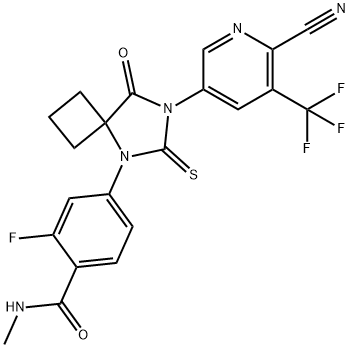
- Chemical Name:Apalutamide
- CAS:956104-40-8
- MF:C21H15F4N5O2S
- Chemical Name:PARATHYROID HORMONE (1-34), BOVINE
- CAS:12583-68-5
- MF:C183H288N54O50S2